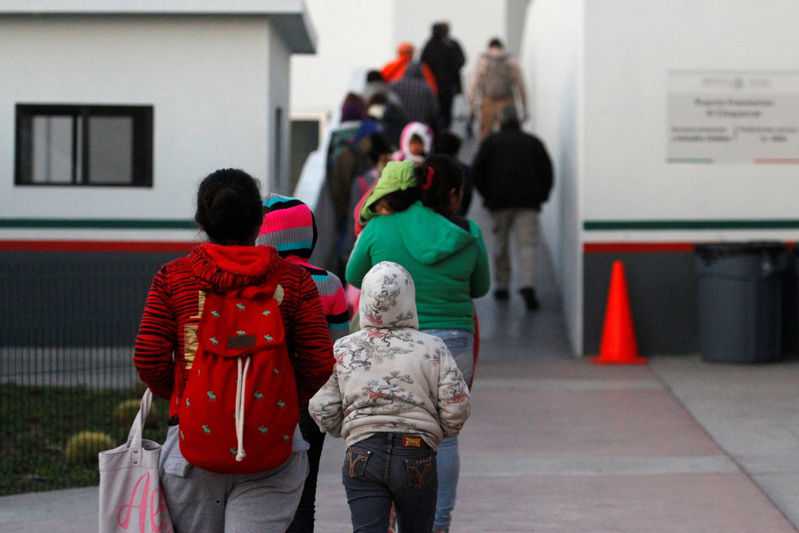U.S. plan to keep asylum seekers in Mexico results in confusion
23 December, 2018

Mexican and U.S. officials charged with carrying out a radical new change in U.S. immigration policy to process asylum seekers in Mexico say they have not been informed about how the plan will work in practice.
U.S. Homeland Security Secretary Kirstjen Nielsen and the Mexican government released simultaneous announcements about the plan on Thursday but said details about the rollout would be forthcoming.
Mexico’s government said on Friday it wanted more details from the United States on the plan, and vowed not to deport people seeking refuge. It is not clear how Mexico plans to house what could be thousands of people from Central America for the months, or years, it takes U.S. immigration cases to be heard. There is currently a backlog of more than 800,000 cases pending in immigration courts.
“Today, I’m going to ask the U.S. authorities to give us many details,” said Mexico’s foreign minister, Marcelo Ebrard, adding that the country would lay out its position more clearly on Monday once it had more information.
The immediate lack of guidance has also left U.S. immigration judges, who will have to process the bulk of the asylum claims through their courts, in the dark, said Ashley Tabaddor, the head of the immigration judges’ union.
“Information certainly hasn’t been shared with the people who may be responsible for having to implement this,” said Tabaddor. “We haven’t heard anything. Every peep on this we have heard through the media.”
She said that has left the nation’s nearly 400 immigration judges with many questions, including how the cases will be distributed among the more than 60 immigration courts.
Currently, asylum seekers that have been released into the interior of the United States are assigned to courts near where they live. Tabaddor said it was not clear if judges would now be expected to travel to border courts en masse to hear cases there.
Kathryn Mattingly, a spokeswoman for the Executive Office for Immigration Review, which oversees the immigration courts, said the asylum hearings would be conducted “in accordance with applicable law.” But she referred questions about logistics to the U.S. Homeland Security Department, which did not immediately respond to requests for comment.
Before asylum cases get a hearing in immigration court, migrants have to pass an interview with an official from U.S. Citizenship and Immigration Services, or USCIS, to determine whether they have a “credible fear” of returning to their home country.
One asylum officer tasked with conducting those interviews told Reuters, on condition of anonymity, that they “didn’t even know” about the new policy until after it was announced.
“The fact that we didn’t have a clue is pretty true,” the officer said. A spokesman for USCIS also referred questions to the department, as did a spokesman for U.S. Customs and Border Protection.
The accord was widely viewed as a concession by Mexico’s new president, Andres Manuel Lopez Obrador, to U.S. President Donald Trump, who has threatened to shut down the Mexico-U.S. border if the flow of migrants is not contained.
It is unclear how many migrants the new policy could end up returning to Mexico, and Ebrard said he did not believe the measure could be applied retroactively.
Local officials in Mexican border states are worried they will not be able to deal with the influx, said Rodolfo Olimpio, head of Baja California’s state council on migrant assistance
“It is clear the [Mexican] federal government does not have the infrastructure, capacity or legal framework for this to happen. And the state and municipal governments of border states also lack the budget and conditions for this,” Olimpio said. He said recent budget cuts have also left migrant shelters strapped for cash.
Serious doubts remain over whether Mexico can keep vulnerable asylum seekers safe. Authorities are investigating the deaths of two Honduran teenagers kidnapped and killed in the border city of Tijuana last weekend.
To send people to Mexico, the Trump administration is invoking a section of the Immigration and Nationality Act that allows the government to return migrants to a foreign country bordering the United States pending their immigration process.
